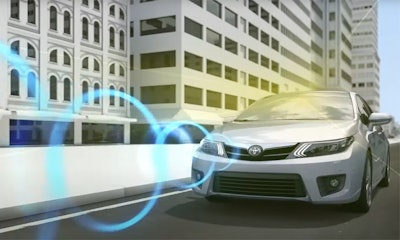
Toronto, Ontario -- Toyota has released the latest in a three-part retrospective detailing how its advanced safety features -- now standard in most of its vehicles --were developed and rolled out between 2010 and 2015.
The most recent article, released on June 24, details how Toyota engineers overcame the challenge of balancing advanced safety functionality with affordability. It outlines how systems like automatic emergency braking, lane-departure alert and adaptive cruise control were developed to meet regulatory standards while remaining feasible for large-scale production.
“In the future, we’re hoping to be able to cover more speeds and extend protection to increasingly difficult crash scenarios,” said Derek Caveney, senior executive engineer at Toyota Motors North America.
This release follows one from earlier in June, which outlines Toyota’s shift from passive to active safety. The first release traced early innovations to hybrid vehicles like the Prius, where engineers trialed emerging technologies before broader deployment.
For shop owners and technicians, the wide adoption of active safety systems like TSS means re-calibration and repair considerations are increasingly a part of routine collision work -- particularly as sensor-equipped vehicles become more common across all market segments.






















